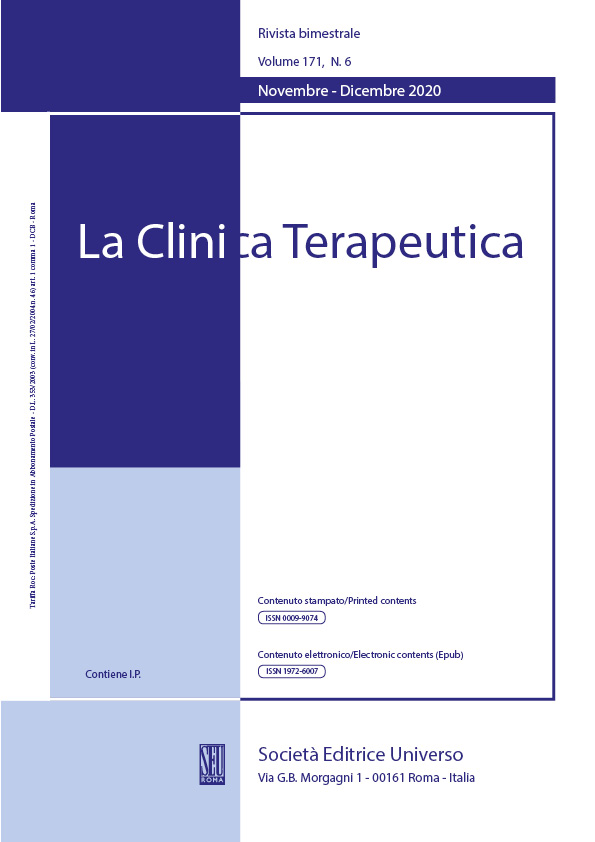Abstract
Background: This study aims to evaluate the value of computed tomography (CT) in detecting arterial injuries in abdominopelvic trauma compared with digital subtraction angiography (DSA).
Methods: A retrospective study was performed on 83 patients (67 men, 16 women with a mean age of 38.2 years) who were hospitalized with abdominopelvic trauma and were diagnosed by CT with arterial injuries including active extravasation (AE), pseudoaneurysm (PA), and arteriovenous fistula (AVF). The findings on the CT images were interpreted and its value as a diagnostic modality was analyzed compared with images taken from patients who underwent DSA from June 2020 to November 2021.
Results: A total of 94 arterial lesions were observed on CT (54 AE, 37 PA, and 3 AVF). The sensitivity (Se), specificity (Sp), positive predictive values (PPV), and negative predictive values (NPV) on the arterial phase when diagnosing AE were 88.9%, 90%, 92.3%, and 85.7%, respectively, and 86.1%, 91.4 %, 86.1%, and 91.4%, respectively, when diagnosing PA. On the portal venous phase, the Se, Sp, PPV, NPV for AE were 88.9%, 92.5%, 94.1%, and 86.0%, respectively, and 75%, 91.4%, 84.4%, and 85.5%, respectively, for PA. On the dual phase, the Se, Sp, PPV, and NPV for AE were 92.6%, 90%, 92.6%, and 90%, respectively, 88.9%, 91.4%. 86.5%, and 93%, respectively, for PA, and 75%, 100%, 100%, and 98.9%, respectively for AVF.
Conclusions: Our study showed that CT is a useful, non-invasive modality for detecting arterial injuries in abdominopelvic trauma. A dual-phase scan combined with arterial and portal venous phases gives the optimal performance.

